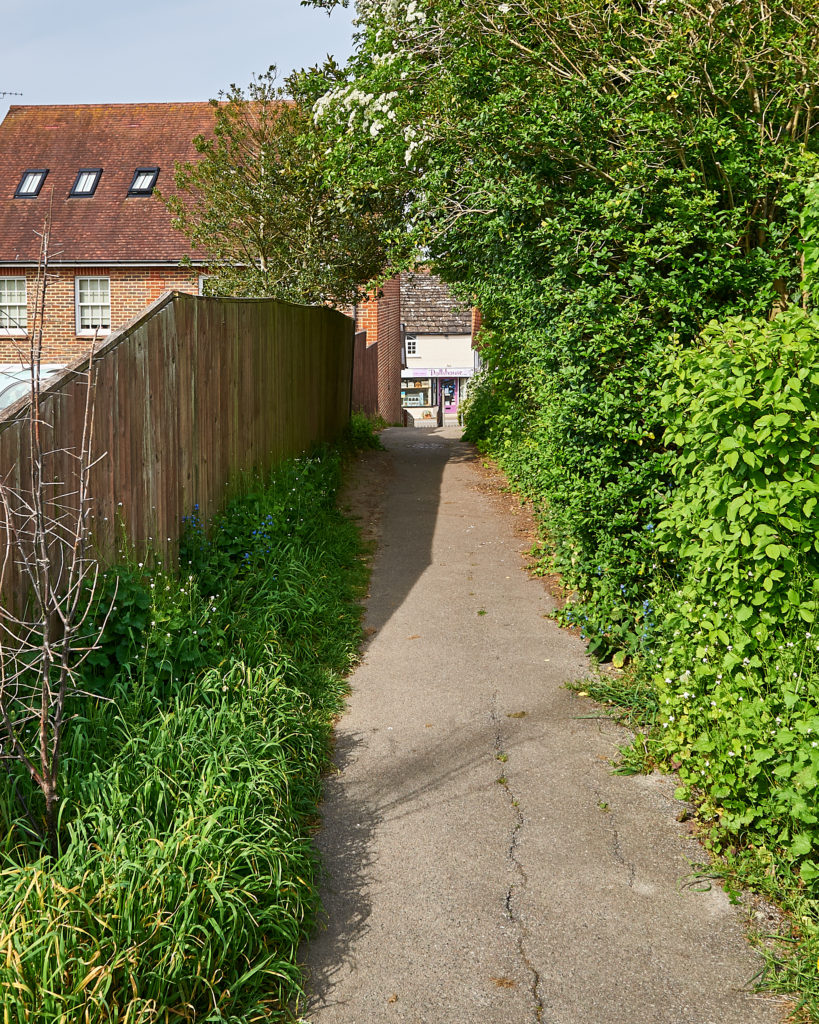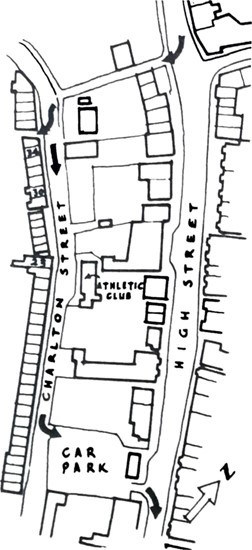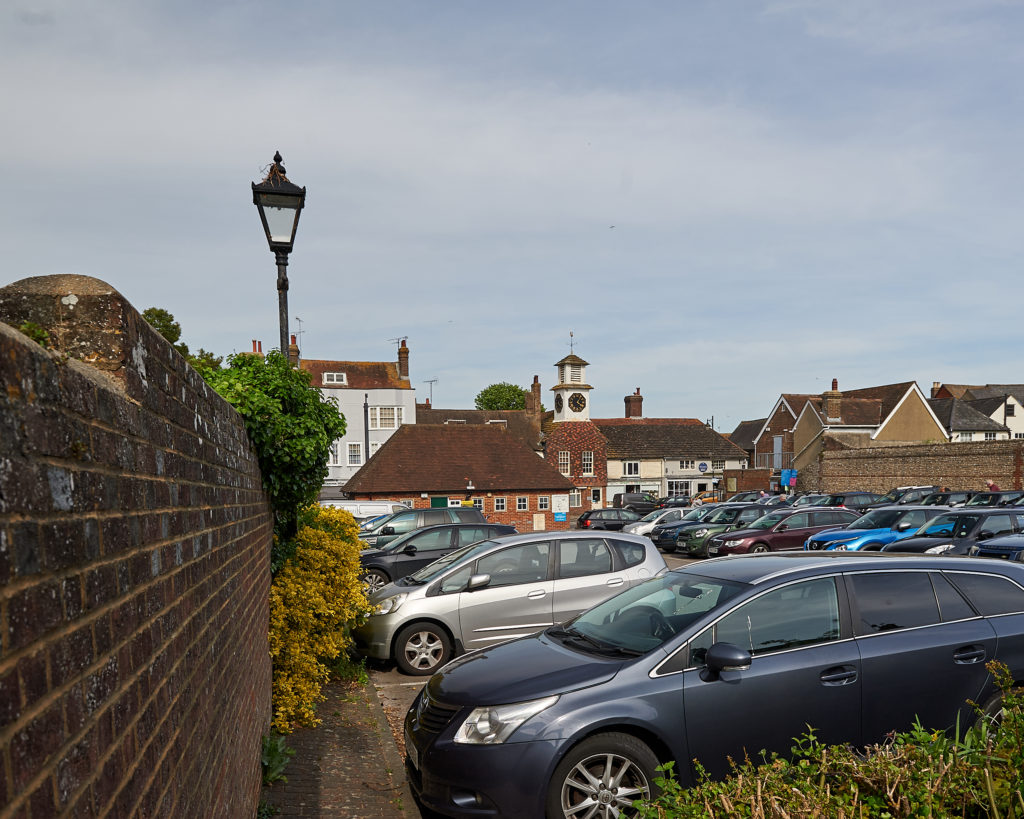Charlton Street
At the end of the twitten turn left into Charlton Street which in 1790 was called Chequer Lane and only provided rear access to the properties in the High Street. Its present name comes from Charlton Manor which in the 13th. century was part of the Fécamp Lands and which now survives in Charlton Court and its adjoining farm in Mouse Lane

Almost immediately on your right is a little path to Steyning’s Memorial Playing Field which is well worth a visit to see also the beautiful backcloth of the South Downs.

Now continue along Charlton Street, a street of terraced houses which has been considerably improved by many recent renovations. It is a mixture of old flint houses infilled with later brick faced ones. A charming group of flint houses, Nos. 24 to 28. is set back making a welcome break in this otherwise long uninterrupted façade.


Beyond this group is the Soldiers Return. No. 23 once another of Steyning’s public houses which became a popular ale house after the Boer War but which is now a private residence. Its first landlord is believed to have been a soldier returning from the Boer War and gave it the name.
At the far end of Charlton Street there used to be a second ale house called the Jolly Ploughman.
Opposite is the headquarters of the Steyning Athletic Club whose athletes have gained a fine reputation both in this country and internationally. You will shortly get your bearings again when you see the Clock Tower away to your left as you reach the car park where you started. Cross the car park and turn right into the High Street.

Once you are back in the High Street after crossing the car park, turn right and then press Next.